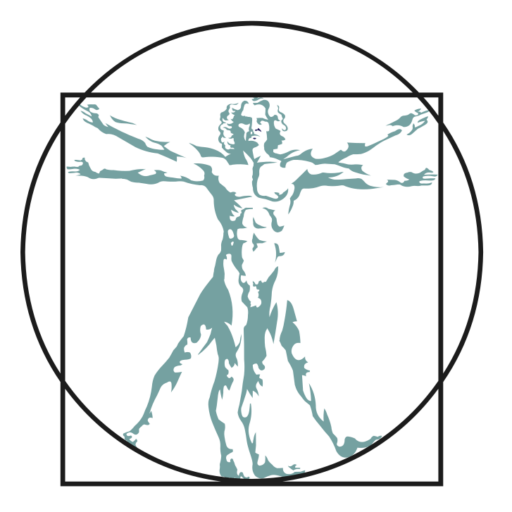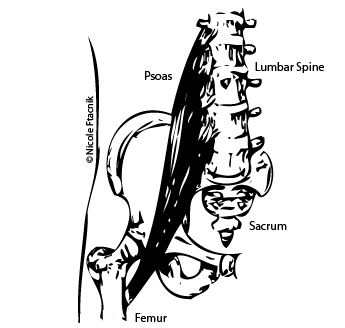Have you ever had back pain or know someone who has? If so, this post is for you, my friends!
There are many muscles that could cause back issues, but today I’m going to focus on just one, that being the psoas major; mainly because I’ve come across too many new clients whom never had them treated before… And this surprises me. Another reason is because I’ve noticed that many people think that only back muscles should treated because it’s their “back that hurts”. Believe it or not though, there are muscles in the front of our body that have an effect on back pain as well. Before I go on though, let’s go over the anatomy…
THE ANATOMY (per Tortora & Derrickson, 11th edition)
Origin: Transverse processes and bodies of lumbar vertebrae.
Insertion: With iliacus into lesser trochanter of femur.
Action: Psoas major and iliacus, acting together, flex thigh at hip joint, rotate thigh laterally, and flex trunk on the hip.
Innervation: Lumbar spinal nerves L2-L3.
NOTE: Some people refer to this muscle as the “iliopsoas” because the psoas major and iliacus share a common tendon and end-point, but they are in-fact two separate muscles, which is why I’m only going to refer to the psoas; however, they do work in-conjunction, in some circumstances.
The function of the psoas is to increase flexion of the thigh at the hip. It can either bring the femur towards the spine or the spine towards the femur; just depends on what movement is taking place. An example of when it would be active—or contracting—is when you swing your leg forward during walking or running. The psoas is also a strong lateral flexor and stabilizer of the vertebral column (ipsilaterally—same side); as in when you bend to one side or the other.
How do you know when the psoas could be influencing back pain? Well, let me share a few examples—which also happen to be indicators for treatment—with you…
- You have back pain when lying on your back; without a pillow under your knees
- You have back pain that is vertical, but is relieved when in the reclining position
- You have difficulty straightening after prolonged sitting
Taking it one step further, let me share some additional indicators for treatment with you…
- An increase—or possible decrease—in your lordotic curve
- You stand with your weight off the affected psoas side
- You have unexplained pelvic floor pain (neural entrapment issues)
- You have rotational distortions of the spine (Scoliosis)
- You have groin pain
Please keep in mind that muscles have synergists and antagonists, so even though you have this information at your fingertips, there are other muscles not mentioned in this post that can cause a person pain and dysfunction in the back; anywhere in the body, really.
As always, I hope you find this information to be informative!
IMPORTANT NOTE: The psoas is a deep muscle in the abdominal area and great caution should be of utmost concern when treating this muscle. I mention this because of the possible presence of an AAA—Abdominal Aortic Aneurysm—which would be a serious contraindication for treatment, due to the fact that it could have potentially disastrous consequences.
* * * * *
“Neutral balance alignment is key to becoming pain free!”™ ~ Me


[…] a previous post, I went over the psoas major and how it is a major player in back pain, so today I thought I would go over the […]